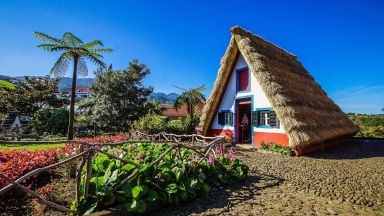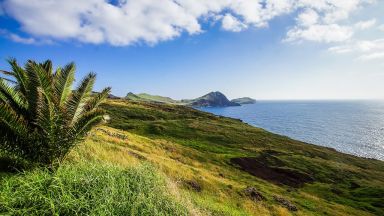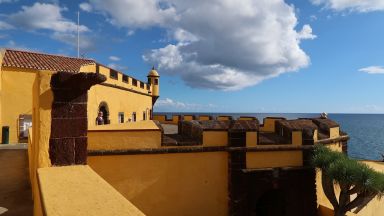Aveiro: The Complete Guide
Aveiro is a picturesque town characterized by a network of numerous canals that are spanned by low-arched bridges. It is situated at the mouth of the Vouga River and separated from the sea by a long sandbar, which protects clusters of islets. The architecture in Aveiro is reminiscent of Flemish style, which contrasts beautifully with the natural surroundings of low-lying willow-reed flatlands, salt marshes, misty dunes, and rice paddies.
The lagoon is a hub of activity, where brightly painted swan-necked boats, called “barcos moliceiros,” traverse the waters. These flat-bottomed vessels carry fishers who harvest seaweed used for fertilizer. They are on the lookout for eels, a regional specialty. Beyond the town, visitors can find extensive salt pits, with fog-white pyramids of drying salt lining the landscape. The entire setting is a feast for the senses, with vibrant colors, unique landscapes, and a rich local culture and history.
Visiting Aveiro for the first time and wondering what are the top places to see in the city? In this complete guide, I share the best things to do in Aveiro on the first visit. Top help you plan your trip, I have also included an interactive map and practical tips for visiting!
This website uses affiliate links which earn a small commission at no additional cost to you.
1 Best places to See in Aveiro
This complete guide to Aveiro not only tells you about the very best sights and tourist attractions for first-time visitors to the city but also provide insights into a few of our personal favorite things to do.
This is a practical guide to visiting the best places to see in Aveiro and is filled with tips and info that should answer all your questions!
Convento de Jesus em Aveiro

Location: Aveiro Museum, Avenida Santa Joana, Aveiro, Portugal | Hours: 10am-12.30pm & 1.30-6pm Tue-Sun | Price: adult/child €5/free | Distance: 0.30km
Visiting Convento de Jesus em Aveiro


